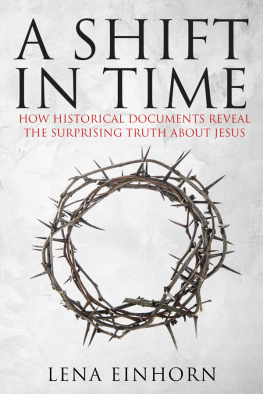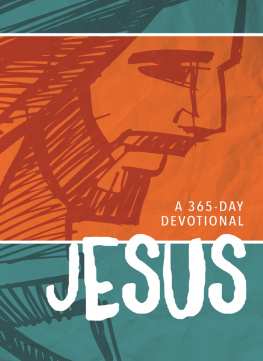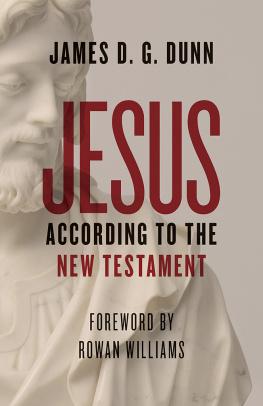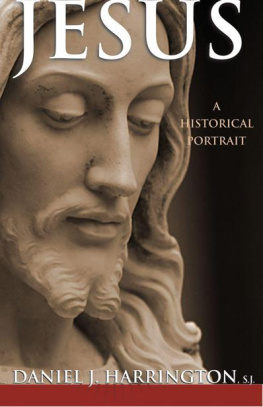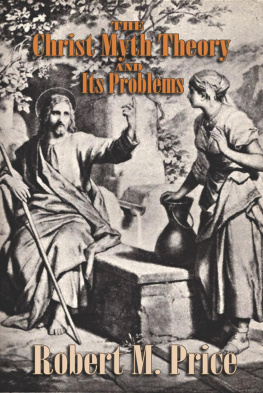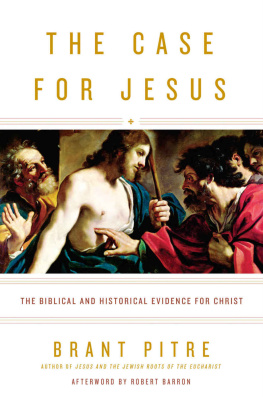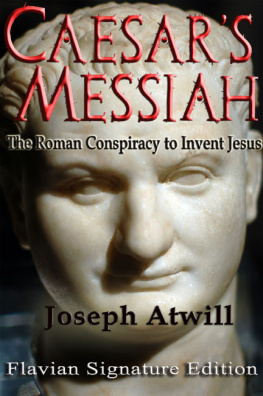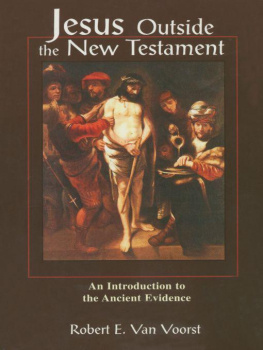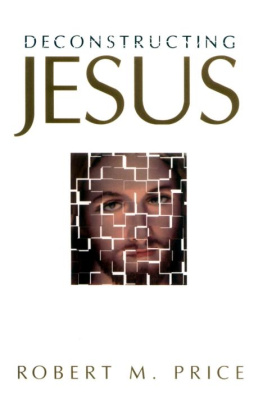Copyright 2016 by Lena Einhorn
All rights reserved. No part of this book may be reproduced in any manner without the express written consent of the publisher, except in the case of brief excerpts in critical reviews or articles. All inquiries should be addressed to Yucca Publishing, 307 West 36th Street, 11th Floor, New York, NY 10018.
Yucca Publishing books may be purchased in bulk at special discounts for sales promotion, corporate gifts, fund-raising, or educational purposes. Special editions can also be created to specifications. For details, contact the Special Sales Department, Yucca Publishing, 307 West 36th Street, 11th Floor, New York, NY 10018 or .
Yucca Publishing is an imprint of Skyhorse Publishing, Inc., a Delaware corporation.
Visit our website at www.yuccapub.com.
10 9 8 7 6 5 4 3 2 1
Library of Congress Cataloging-in-Publication Data is available on file.
Cover design by Zubothan Mahaathev of Dreamz23
Cover photo credit: Steve Collender
Print ISBN: 978-1-63158-099-4
Ebook ISBN: 978-1-63158-100-7
Printed in the United States of America
CONTENTS
PROLOGUE
I N 2005, IN THE PROCESS OF WRITING A BOOK EXPLORING AN ENTIRELY different hypothesis on the historical Jesus, I read through large amounts of Christian and non-Christian historical texts from the first few centuries CE. Many have done so before me, often with the express purpose of finding non-biblical evidence for the life and work of Jesusindeed for his existence as a historical person. It is a fairly futile exercise, in that very few of the episodes described in the New Testament find echoes in other first century historical sources. And Jesus himselfbarring a disputed paragraph called the Testimonium Flavianum is absent in these non-biblical early sources. This has led to the common conclusion among scholars that Jesus must have been a fairly unknown person in his own time, or, as a minority view holds, that he did not exist at all.
In the process of going through these early texts, however, and especially when reading the chronicles of Flavius Josephus (the accepted major source of information on the Jewish realm in Roman times), every now and then I found myself reacting to an event or a person described, noting that they were decidedly similar to someone, or something, I had read about in the four Gospels of the New Testament. Since, however, the episodes described by Josephus invariably took place in a different era than when Jesus was said to have been active, I tended to ignore them, or more or less subconsciously put them aside. Interestingly, I did so despite the fact that the interval between the episode in the New Testament and that described by Josephus always was the same: about twenty years. It is interesting how the human brain works when it encounters new information that does not fit with ones previous knowledge or notions. But the fact that a time gap of twenty years meant that the names of the people involved in the episodes often were different in the two sources certainly lessened my inclination to view the events as true parallels. For the longest time, they simply remained curious coincidences.
This all changed late one night, when I happened to come upon the Greek original of the Gospel of John, chapter 18. Suddenly, the parallels were absolutely impossible to ignore. It was a shocking experience, one that actually stopped me in my tracks for quite some time, before I resumed the project and published the book. Postulating that Jesus was, in fact, active in the 50s CE, and not the 30sas the Gospels claimand that much of what is described in the New Testament actually can be found also in other contemporary historical sources would, if the hypothesis were true, open up vast new possibilities, but also create some unsettling difficulties. On the one hand, Jesus would really turn out to be a historical personone described also by other contemporaries than those who wrote the New Testament textsand in addition, just like the Gospels say, he would have been very prominent in his own time. On the other hand, it would be hard to ascribe a consistent twenty year time shift merely to a mistake on the part of the Gospel writers (or, for that matter, Josephus). In other words, if the time shift is real, and the parallels true, it is reasonable to assume that this editorial shiftfrom the 50s to the 30sis deliberate. Additionally, an assumed time shift would produce an alternate picture of Jesus and his disciples which is not always congruent with that shown in the New Testament (although, as I will argue in this book, the New Testament provides substantial subtext on this matter).
This last predicamentthat a contrasting picture of Jesus would emergecould, one may hypothesize, actually be a reason for an applied time shift. Better an absent Jesus in the non-biblical sources, than a partially conflicting tale.
Or rather: better a veiled alternate story than an apparent one.
In the years since I first formulated the time shift hypothesis, I have at times come back to it in writing, and I have presented it in academic fora. For obvious reasons, a radical hypothesis such as this encounters resistance, also in scholarly circles. At the same time, papers I have written on the hypothesis have in the last few years been accepted for presentation at a number of sessions at the Society of Biblical Literature Annual and International Meetingsthe major international conferences for biblical scholarsand each time it has stirred up much debate.
Because much has happened since I first stumbled upon the time shift hypothesis, because a considerable amount of additional evidence has accumulated, and because a detailed presentation of the hypothesis still awaits publication, I write this book. All the same, I retain the ambition to present enough background material to make the book accessible to a non-scholarly audience.
It is not unproblematic for me to stay with this project. Although historical Jesus studies has been an active field in academia for well over two centuries, it is hard to fully separate the historical person Jesus from the faith associated with him. Most scholars will say that they hold the two entirely separate, but I doubt it is always possible. Especially when fundamental issues are brought to the fore. I struggle with this, and in the end always arrive at the conclusion that it is very hard to abstain from trying to answer fundamental questions.
What I present, however, will never be anything but a hypothesis. It is up to each and every individual to find their own truths.
PREMISE ONE
ONE OF THE PROBLEMS FACING ALL HISTORICAL JESUS STUDIES HAS been, and continuous to be, that there is only one source of contemporary, first century, testimony in which Jesus is unequivocally described: the New Testament texts. This is peculiar, since that period in other respects is well documented by Roman and Jewish historians of the time.
Among scholars today, the most common explanation for this paradox has been that Jesus in reality must have been fairly unknown in his own era.
This interpretation, however, fails to account for the fact that the New Testament describes Jesus as someone with a large following, and one whose trial involved both high priests in Jerusalem (Annas and Caiaphas), as well as the Jewish ruler of Jesuss home province Galilee (Herod Antipas), and the Roman ruler of Iudaea (Pontius Pilate).
It also fails to account for the fact that when non-biblical accounts of Jesus do materialize, in the next century, we also find texts that speak out against him. As a rule, these neither deny his existence nor do they try to belittle his importance. In fact, also these polemic texts tend to describe Jesus as a person with a large following.

